Historical places in Kandy reflect Sri Lanka’s rich royal heritage, deep religious traditions, and colonial influences. Nestled in the scenic central highlands, Kandy was the last kingdom of the Sinhalese before British rule began in 1815. The city is home to iconic landmarks such as the Temple of the Sacred Tooth Relic, royal palaces, ancient temples, and colonial-era buildings. These heritage sites offer a fascinating journey through time, preserving stories of devotion, resilience, and artistry. For history lovers and cultural travelers, Kandy presents an unforgettable exploration of Sri Lanka’s past.
Top 10 Historical Places In Kandy
These historical places in Kandy provide a comprehensive discovery of Sri Lanka’s history and cultural heritage.
1. Temple Of The Sacred Tooth Relic
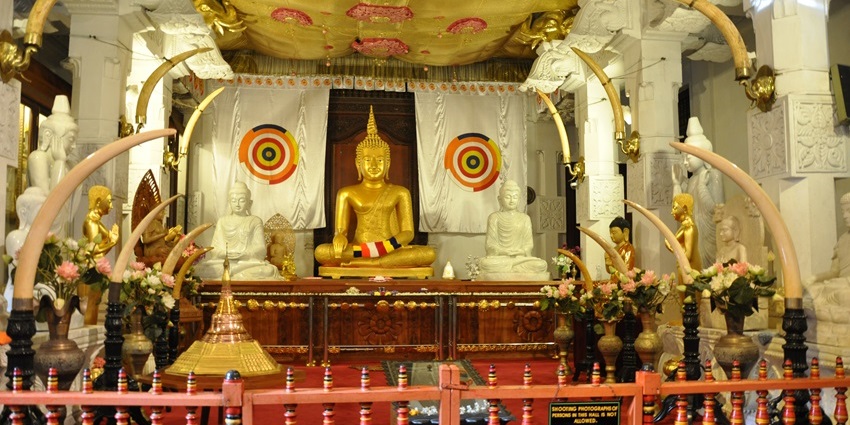
Photo: Jorge Láscar / Wikimedia Commons
The Temple of the Sacred Tooth Relic, or Sri Dalada Maligawa, houses one of Buddhism’s most sacred relics—Buddha’s tooth. Situated within the royal palace complex, the temple is renowned for its ornate golden roof and spiritual ambiance. Daily rituals and annual festivals celebrate the relic’s importance, drawing pilgrims and tourists alike. Its UNESCO designation affirms its cultural value and historical significance in preserving Buddhist traditions.
Distance From The Railway Station: 1.2 km
Places To Eat: Café Aroma Inn, The Empire Café, Balaji Dosai
2. Royal Palace Of Kandy
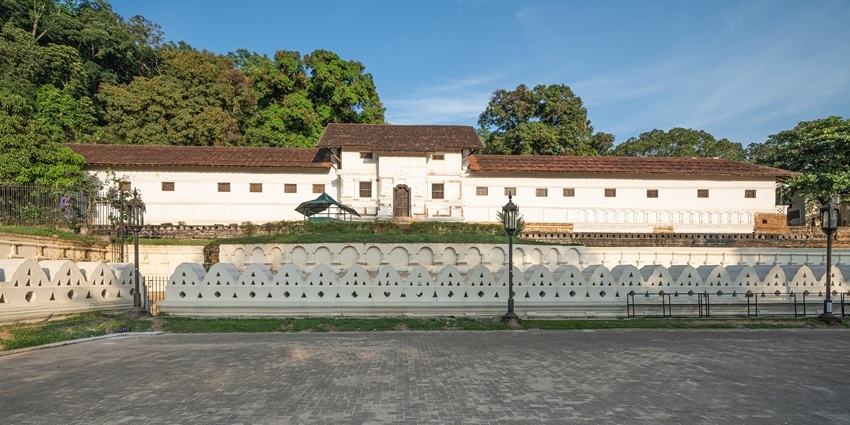
Photo: A.Savin / Wikimedia Commons
Adjacent to the Temple of the Tooth, the Royal Palace was home to the last Sinhalese monarchs. Though many structures were lost over time, surviving buildings such as the Queen’s Palace and Audience Hall reflect architectural grandeur and royal elegance. Now part of the National Museum of Kandy, the site offers a window into regal life during the Kandyan Kingdom.
Distance From The Railway Station: 1.5 km
Places To Eat: The Garden Café, Natural Coffee, Café 1886
3. Kandy Lake
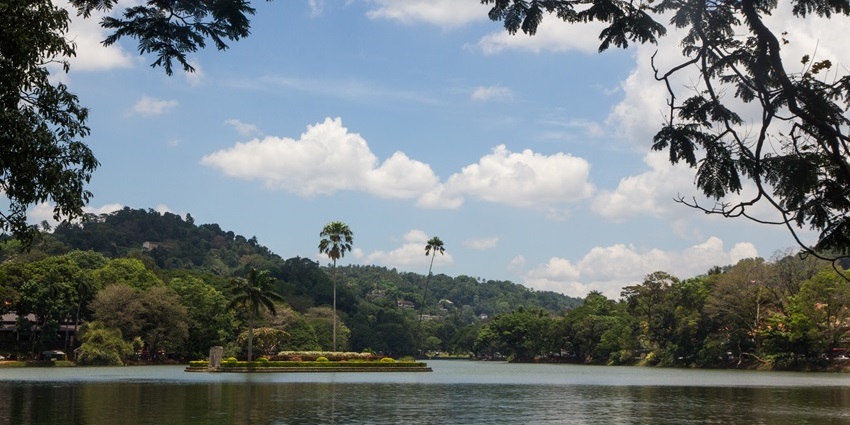
Photo: Alexey Komarov / Wikimedia Commons
Built in 1807 by King Sri Wickrama Rajasinghe, Kandy Lake, also known as Kiri Muhuda or the Sea of Milk, enhances the city’s scenic beauty and embodies its historic charm. This man-made lake was constructed as part of the royal palace complex and has since become a beloved landmark. Surrounded by lush greenery and steeped in legend, it’s a favorite spot for peaceful walks, birdwatching, and viewing iconic nearby monuments like the Temple of the Tooth.
Distance From The Railway Station: 1.4 km
Places To Eat: Devon Restaurant, Licensed to Grill, Café Secret Alley
4. Bahirawakanda Vihara Buddha Statue
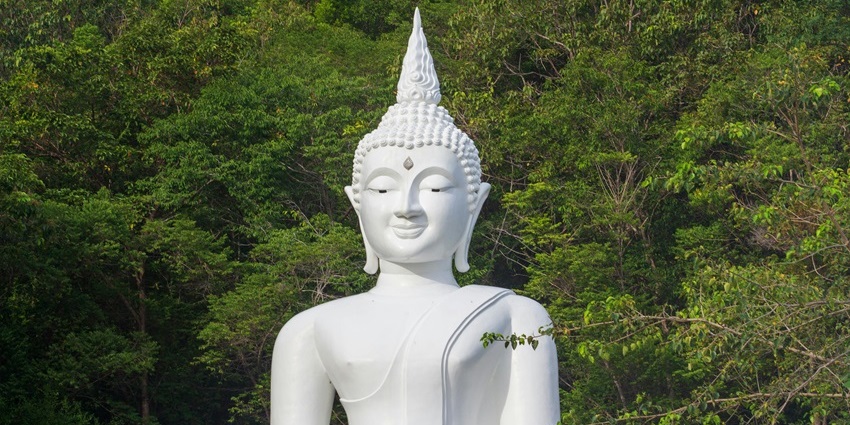
Photo: Augustinus Martinus Noppé / Pexels / Image For Representation Only
This towering Buddha statue on Bahirawakanda Hill, standing at an impressive 88 feet, dominates the skyline of Kandy and offers breathtaking panoramic views of the city below. Constructed in the late 20th century, it symbolises peace, serenity, and enlightenment. Though a modern addition, its cultural and spiritual significance resonates deeply with Buddhist traditions. The site has become a major pilgrimage destination and a must-visit attraction for those exploring Kandy’s rich spiritual heritage.
Distance From The Railway Station: 2 km
Places To Eat: The Kandy Garden Café, Café Divine Street, Café Walk
5. Lankatilaka Viharaya
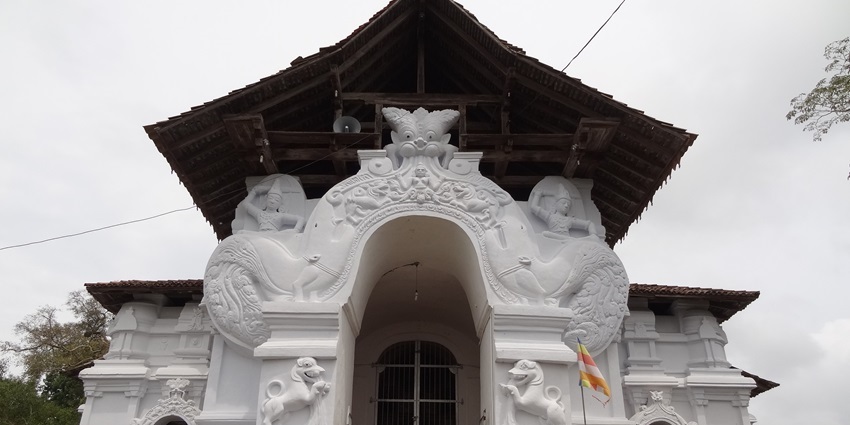
Photo: Cherubino / Wikimedia Commons
Dating back to the 14th century, Lankatilaka Viharaya is a remarkable example of Sinhalese architecture, harmoniously blending stone, brick, and intricate frescoes. Perched on a rocky outcrop in the central highlands of Sri Lanka, the temple overlooks lush paddy fields and rolling hills, creating a serene and picturesque setting. Known for its beautifully painted interior walls and intricately carved wooden image house, it remains a vital spiritual and architectural landmark in Sri Lankan Buddhism.
Distance From The Railway Station: 12 km
Places To Eat: Kamatha Restaurant, Athula’s Restaurant, Sesatha Restaurant
6. Gadaladeniya Temple
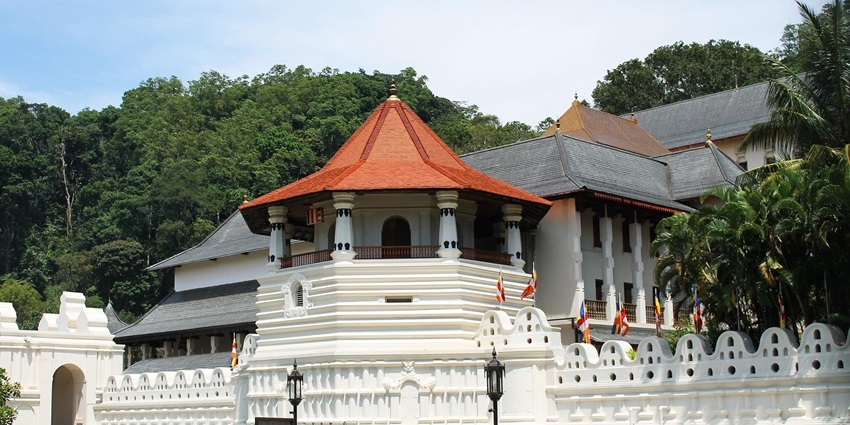
Photo: musthaqsms / Pixabay / Image For Representation Only
Built in 1344, Gadaladeniya Temple stands as a remarkable testament to South Indian (Dravidian) architectural influence in Sri Lanka. Designed by a South Indian architect, the temple features a stone base adorned with intricate carvings that beautifully reflect a fusion of cultural and artistic traditions. The presence of a small monastery and an adjoining dagoba enhances its tranquil, spiritual atmosphere, offering a deeper understanding of the religious and artistic exchanges of the 14th century.
Distance From The Railway Station: 13 km
Places To Eat: Dine Divine, Sthree Café, Chillax Garden Café
7. Embekka Devalaya
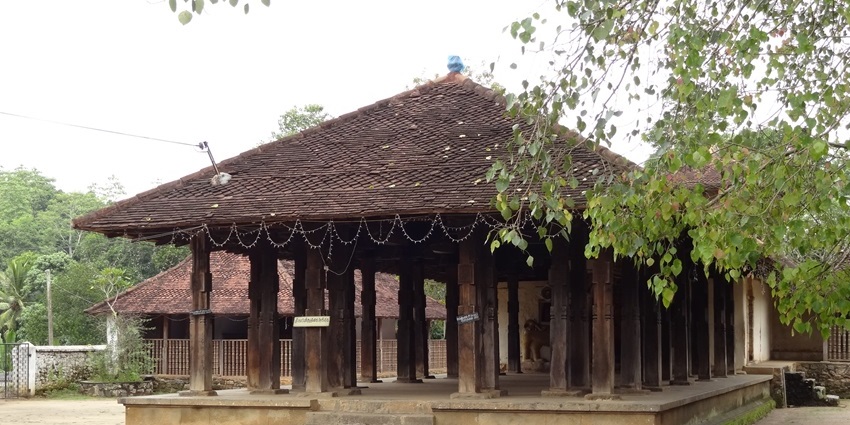
Photo: Cherubino / Wikimedia Commons
Embekka Devalaya, a renowned temple in Sri Lanka, is dedicated to God Kataragama and is celebrated for its exceptional wooden architecture. Built during the Gampola period in the 14th century, the temple is a remarkable example of ancient craftsmanship. Its famed Drummers’ Hall contains intricately carved wooden pillars and beams, showcasing over 500 distinct designs. These carvings include images of dancers, wrestlers, mythical beasts, birds, and elaborate floral patterns, reflecting deep cultural artistry.
Distance From The Railway Station: 15 km
Places To Eat: Bojunhala Restaurant, Pranobaa Homestay Kitchen, Kandyan King Restaurant
8. Asgiriya Maha Viharaya
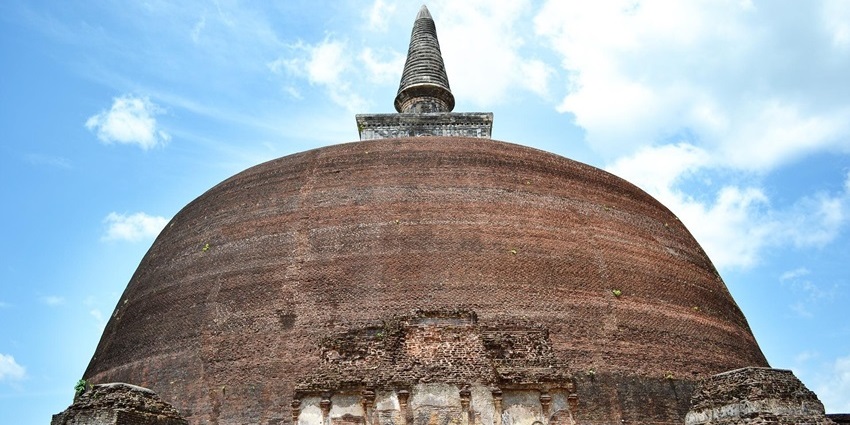
Photo: nuzree / Pixabay / Image For Representation Only
Asgiriya Maha Viharaya, one of the two principal monastic chapters in Kandy, holds immense historical and religious significance. It has long been a center of Buddhist learning and tradition, serving as the final resting place for many revered prelates. The temple also played a crucial role in housing the key custodians of the sacred Tooth Relic. Its continued dedication to preserving Buddhist teachings makes it a vital part of Kandy’s cultural and spiritual legacy.
Distance From The Railway Station: 1.8 km
Places To Eat: The Café Project, Bamboo Garden Restaurant, White House Restaurant
9. St. Paul’s Church
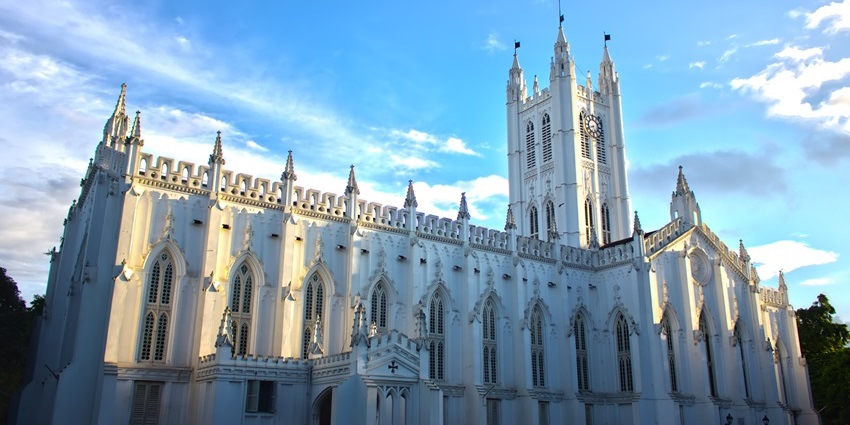
Photo: Ankitesh Jha / Wikimedia Commons / Image For Representation Only
Constructed in 1848, St. Paul’s Church is a striking example of British colonial architecture infused with Gothic influences. Located near the revered Temple of the Tooth in Kandy, it was originally built to serve British garrisons stationed in the area. Over time, it evolved into a cherished place of worship for the local community. The church’s intricate stained glass windows, elegant wooden interiors, and serene ambiance contribute to its enduring historical and spiritual significance.
Distance From The Railway Station: 1.3 km
Places To Eat: Café Nihonbashi, Vito Wood Fired Pizza, Sri Lankan Homemade Food
10. British Garrison Cemetery
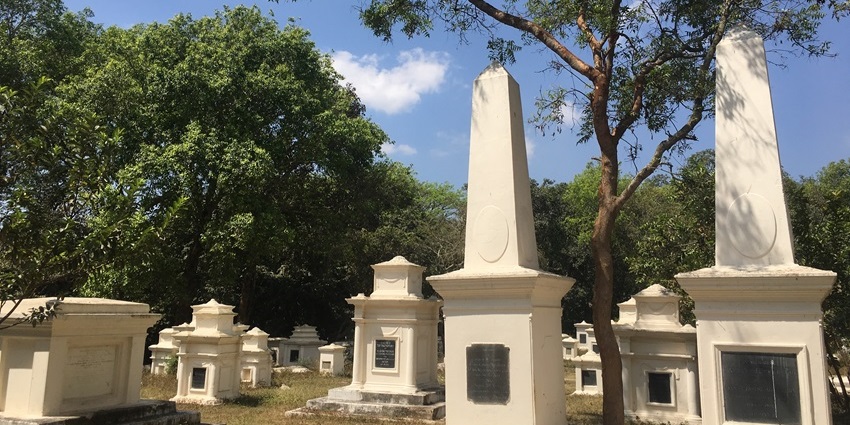
Photo: LittleT889 / Wikimedia Commons
Set near the Temple of the Tooth in Kandy, this meticulously restored colonial-era cemetery dates back to 1817 and serves as a solemn tribute to British nationals who died in the region during colonial times. Managed by the Commonwealth War Graves Commission, it offers a poignant glimpse into the challenges of colonial life, disease, and early mortality. The gravestones, marked with detailed inscriptions, tell touching stories of soldiers, travellers, and administrators from the 19th century.
Distance From The Railway Station: 1.5 km
Places To Eat: Café Theva, Queen’s Hotel Restaurant, Devon Food Court
Historical Places in Kandy invite you to step back into a realm where history comes alive through ancient kings, sacred relics, and remarkable colonial influences. Wander through the spiritual ambiance of the Temple of the Tooth and marvel at the intricate woodwork of Embekka Devalaya or the majestic architecture of Lankatilaka Viharaya. Each landmark tells a unique story of devotion, artistry, and heritage. Plan your unforgettable journey with TripXL today!
Cover Photo: Jorge Láscar / Wikimedia Commons


 WhatsApp
WhatsApp
 Twitter
Twitter









